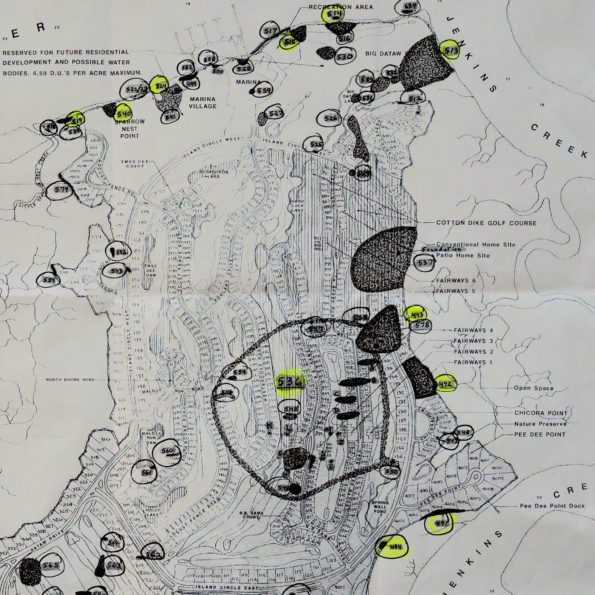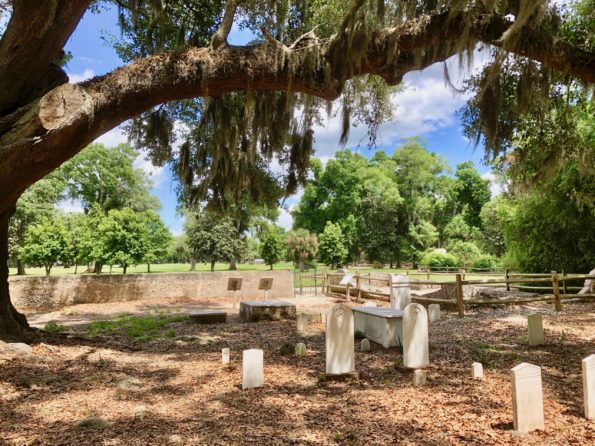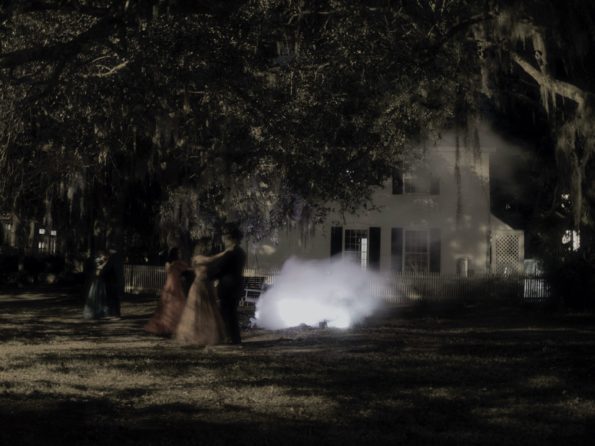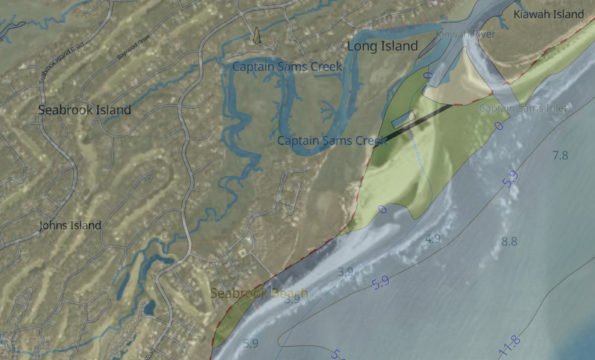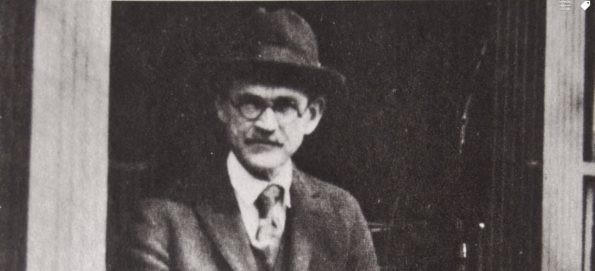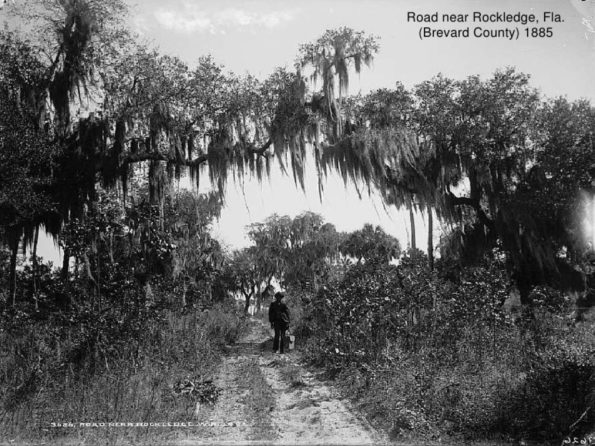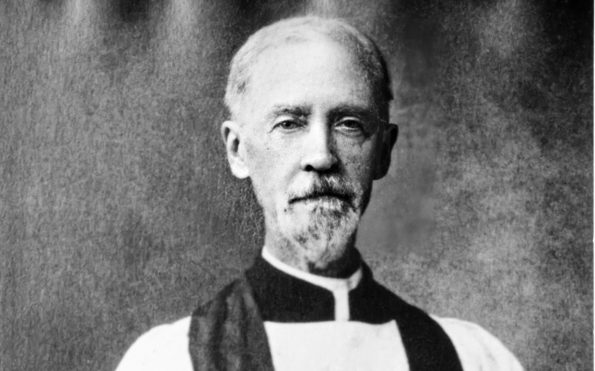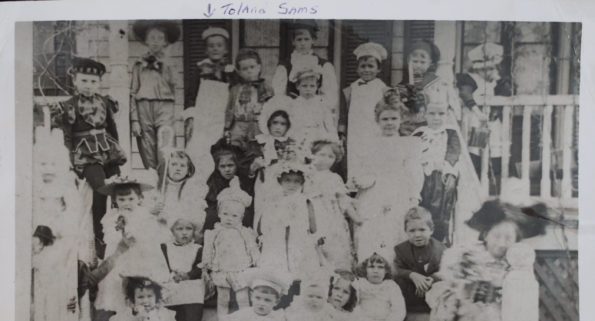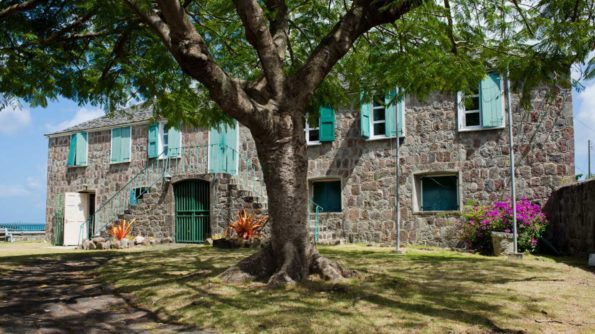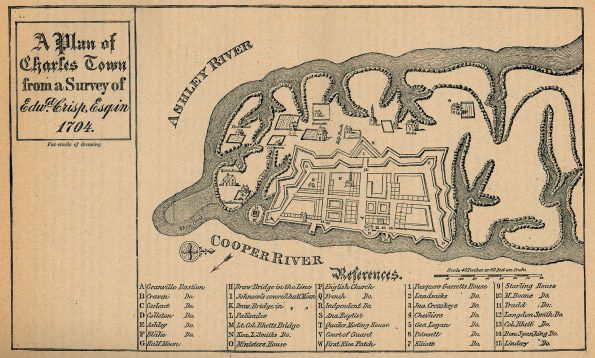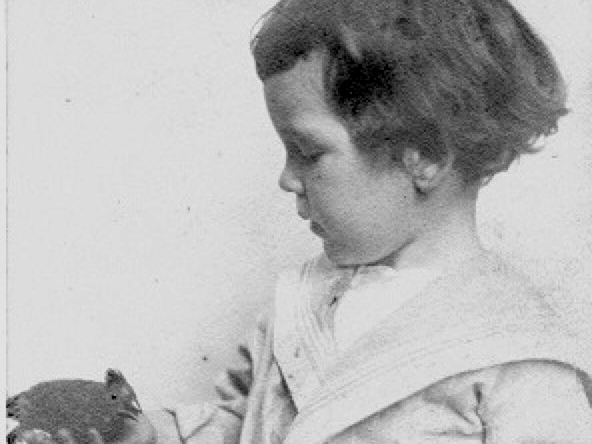Northern Datha Island
This week I focus on the history of the north half of our island. Datha Island has been inhabited continually from the Late Archaic period (3,000 – 1,000 B.C.) up to the present. I’ll address the prehistoric periods, the Lewis Reeve Sams ownership years, and farming after the Civil War. I am indebted to archaeologist Larry Lepionka and his team for their work back in 1987-1988 to investigate and document the historic sites on Dataw Island. The island would be covered in a forest if left to nature. This is one factor that distinguishes the northern from the southern half of Datha Island. The north half was plowed and cultivated continuously from the mid-1700s to 1960; the southern half was not. The northern half is also where the preponderance of evidence was found for Native American habitation as far back as 3000 B.C. Therefore, where the Native Americans once lived was also the area most disturbed by farming in the 19th and 20th centuries. Kudos go to Lepionka and other archeologists for rediscovering their presence thousands of years before. I’ll explore middens, and then I’ll show you Domino.


